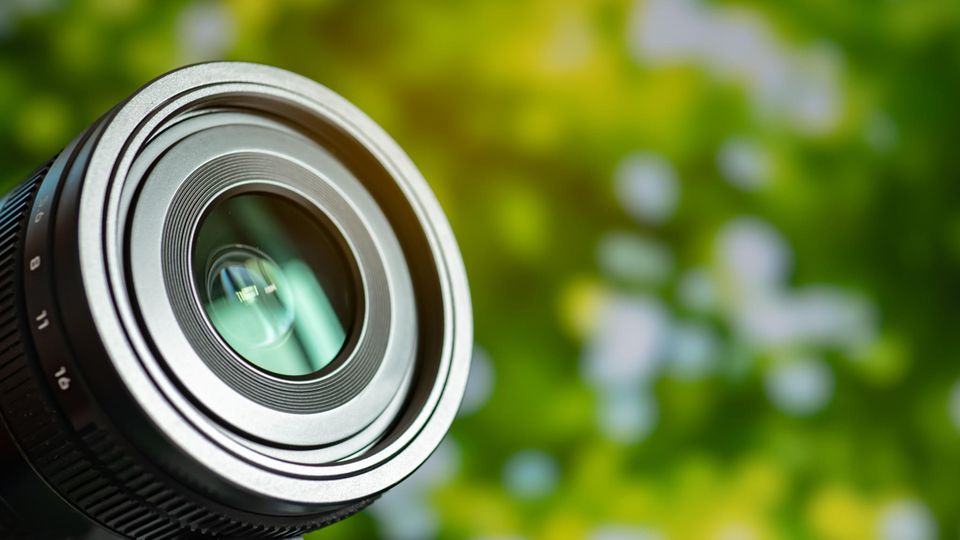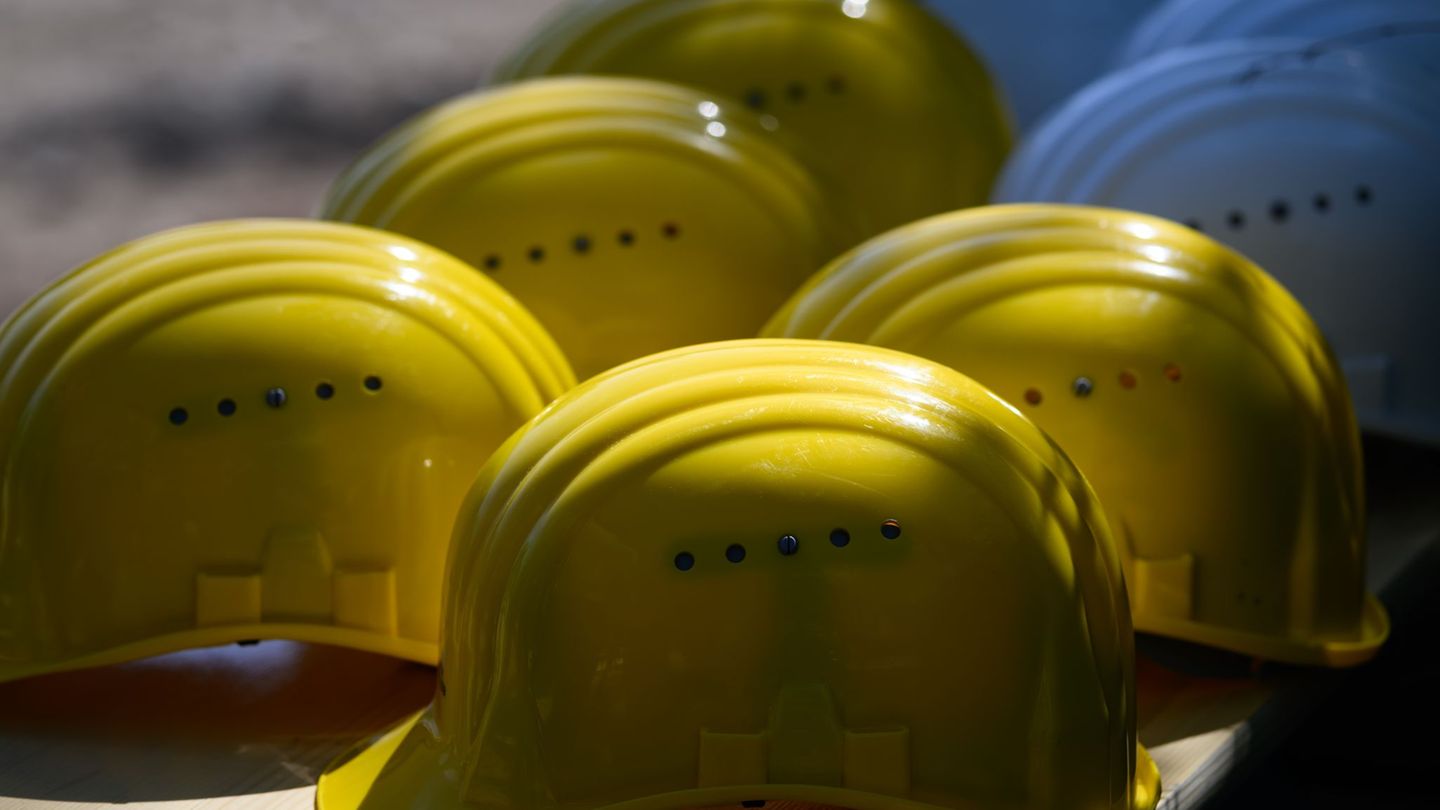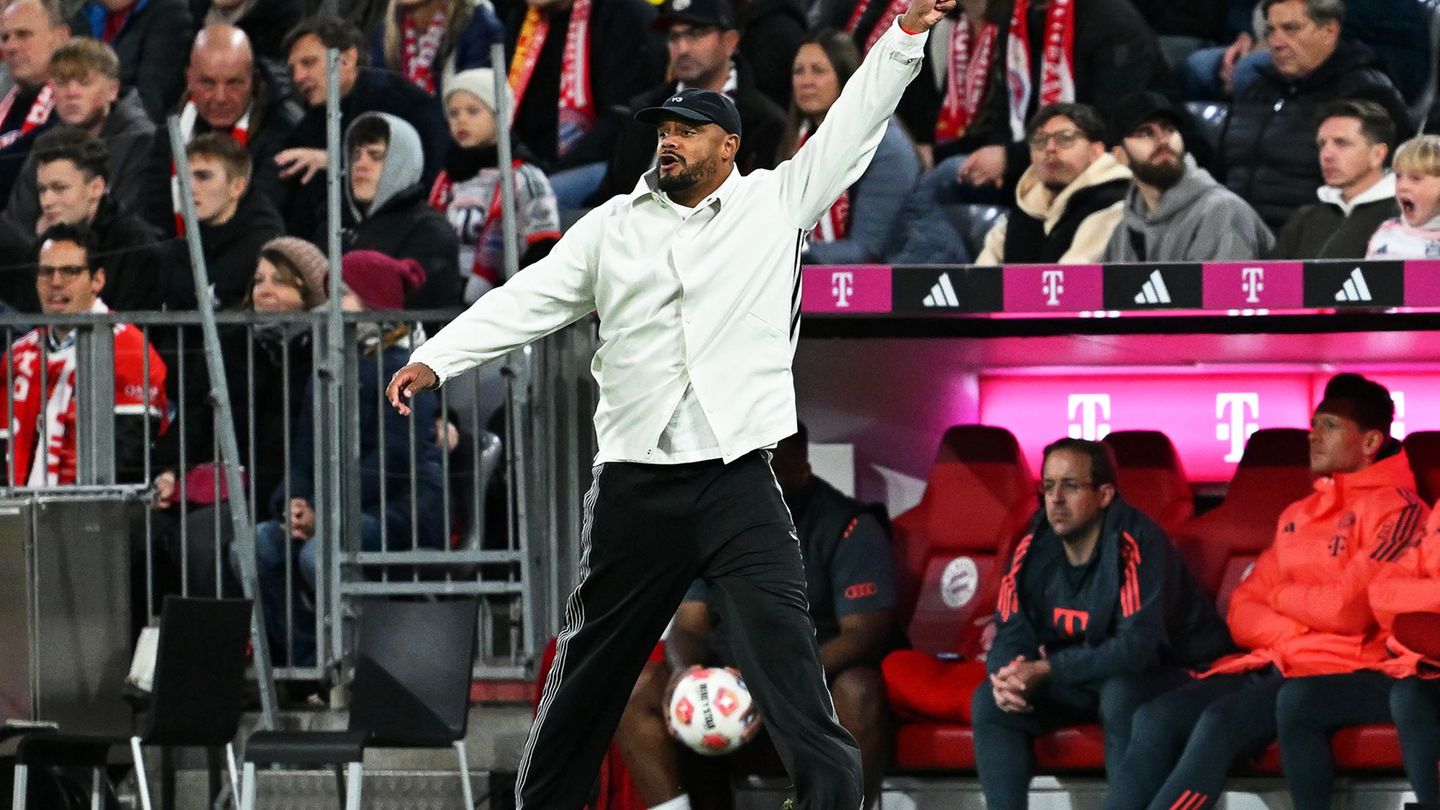Every day there are numerous motifs that amateur photographers love to take pictures – they usually use their smartphones for this. If you would like to deepen your knowledge of photography, you will find everything you need to know about getting started with (hobby) photography here.
Three tips to get you started
- Buy an entry-level camera: You don’t have to get the most expensive camera to start with. It is much more important that you buy a camera that fits your needs. To do this, it is advisable to first see what different camera technologies are available, which manufacturers offer high-quality cameras and what types of subjects you want to photograph primarily.
- The lenses are decisive: A misconception of many beginners in photography is that the more expensive the camera body, the better the photos. Much more important, however, are the associated lenses. There are different lenses for different subjects, if you want to take portraits, for example, a bright lens is the right choice, for landscape shots, however, wide-angle lenses are more suitable.
- Try out: If you want to start with photography, then two things are particularly important: Try out yourself and enjoy your new hobby. It takes practice and passion, no master falls from the sky and so you can take your time. Everyone takes photos differently, because everyone perceives the world around them individually, which is why it is not only the right camera or lens that counts in hobby photography, but also an awareness of the perspectives you would like to take as a photographer.
Suitable cameras for beginners
Canon SLR camera
System camera from Sony
These lenses are worthwhile for amateur photographers
| Selection criteria | |
| Lens connection | When buying, make sure that the lens fits your camera and look at the mount designation. |
| Focal length | Small focal lengths (e.g. 14 mm) show a lot of surroundings, large focal lengths (e.g. 200 mm) enlarge distant objects. Fixed focal lengths, however, are static. |
| Light intensity | The smaller the aperture number (e.g. 1.8), the more light falls on the sensor and the more luminous the lens. |
| Naheinstellgrenze | This is the minimum distance that you have to keep to the subject in order to be able to focus the photo. |
Basic photography knowledge
- Cover: The aperture of the lens determines how much light falls on the camera lens. This mechanism works in a similar way to an eye. Squint your eyes, less light penetrates, if the aperture is closed, less light reaches the camera sensor and the photo is less exposed. The interplay of aperture and exposure time is crucial.
- Exposure time: The correct setting of exposure time and aperture depends on the lighting conditions available. Glaring sunlight, for example, requires a short exposure time and a more closed aperture, otherwise the image could overexpose. In the evening or at night it is exactly the other way around. In the absence of natural light, the camera has to expose the picture with an open aperture for as long as possible so that the subject is not simply displayed in black.
- Focal length: The focal length determines the distance between the camera and the recording plane. In simple terms, this means that an object can appear closer or further away through the camera’s viewfinder. You know changing the focal length as “zoom”.
- ISO value: Setting the correct ISO tells your camera how sensitive the image sensor should be. The higher the ISO value, the more sensitive the sensor is to light and the better you can take pictures with the camera in low light.
Useful accessories to get you started
David William is a talented author who has made a name for himself in the world of writing. He is a professional author who writes on a wide range of topics, from general interest to opinion news. David is currently working as a writer at 24 hours worlds where he brings his unique perspective and in-depth research to his articles, making them both informative and engaging.




